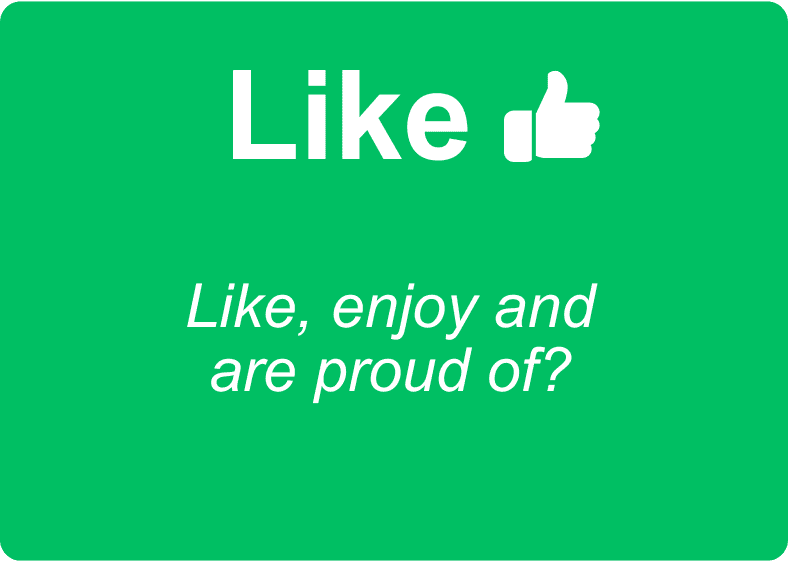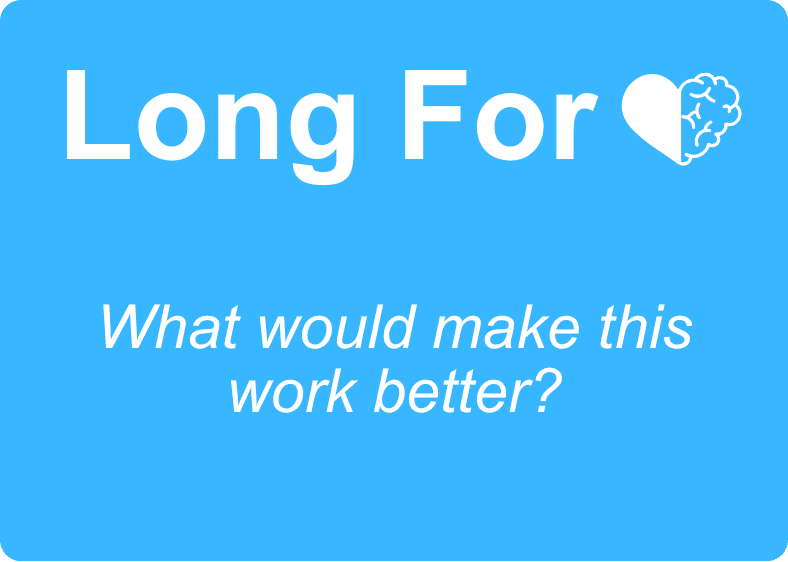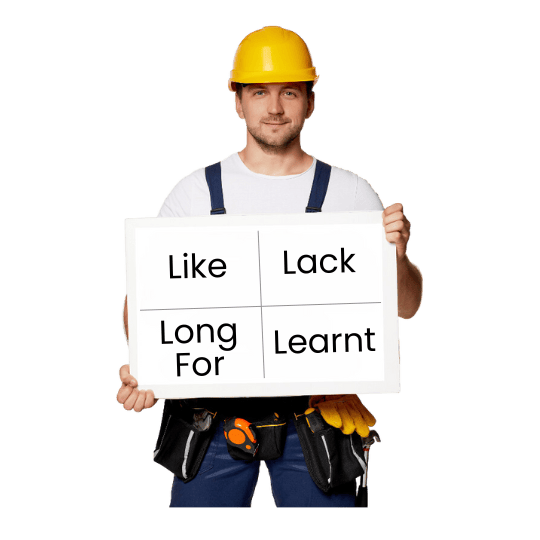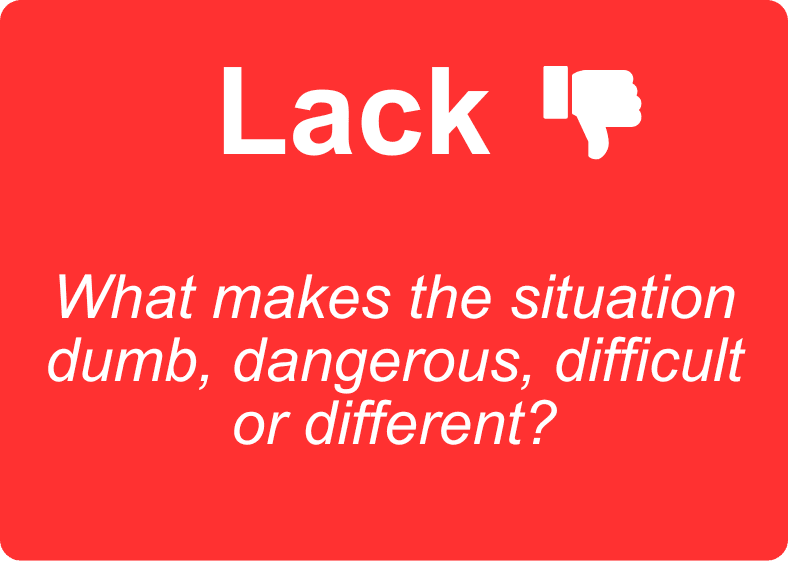




Humble Inquiry
Healthcare 4L's Humble Inquiry
Healthcare 4L's Scenario
Construction 4L's Humble Inquiry
Construction 4L's Scenario
Manufacturing 4L's Humble Inquiry
Manufacturing 4L's Scenario
Humble Inquiry

Humble Inquiry and the HOP Principles
Humble Inquiry, developed by Edgar H. Schein and Peter A. Schein, is about asking questions in a way that shows genuine interest and curiosity, promoting an environment where individuals feel safe to share their thoughts and experiences. It involves:
- Asking open-ended questions: Encouraging detailed responses and deeper understanding.
- Listening actively: Demonstrating genuine interest and respect for the speaker's perspective.
- Building relationships: Creating trust and openness through respectful and humble questioning.
The five HOP Principles align well with a humble inquiry approach, for example:

- Error is Normal: Humble Inquiry promotes the acknowledgment of errors as a natural part of human behavior. For example by asking open-ended questions about near-misses and sense making around error, leaders can create an environment where employees feel comfortable discussing errors without fear of judgment or retribution.
- Blame Fixes Nothing: Humble Inquiry aligns with the principle that blame fixes nothing by focusing on understanding and learning from situations rather than assigning blame. Asking non-judgmental questions helps shift the focus from people to systems.
- Learning and Improving are Vital: Humble Inquiry fosters a culture of continuous learning and improvement by encouraging individuals to share their experiences and insights. Asking questions that seek to understand and learn from both successes and failures helps identify areas for growth and development.
- Context Drives Behavior: Humble Inquiry emphasizes understanding the context in which actions and decisions occur. By asking questions that explore the conditions and factors influencing work, leaders can gain a deeper understanding of systemic issues.
- How You Respond to Failure Matters: Humble Inquiry aligns with the principle that how you respond to failure matters by promoting a response focused on understanding, learning, and improvement rather than punishment. By asking supportive and constructive questions, leaders can turn failures into opportunities for growth.
Using the 4Ls as a Humble Inquiry supports:
- Focus on Learning and Improvement: This approach emphasizes the importance of learning from experiences and continuously improving processes.
- Open Communication: Encouraging open communication is a central tenet of this approach, whether through asking humble questions, discussing errors without blame, or reflecting on experiences.
- Understanding Context: Recognizing the context in which actions and decisions occur ‘local rationale’ is crucial for sense making behavior and improving performance.
- Safety and Performance: Each approach aims to enhance safety and performance by addressing underlying issues and fostering a culture of openness and continuous improvement.
Healthcare 4L's Humble Inquiry

Humble Inquiry
During daily rounds, a nurse manager practices humble inquiry by asking team members openended questions about their challenges and concerns. This helps uncover issues that might otherwise go unnoticed and fosters a culture of openness.
4D's Framework
The hospital uses the 4Ds framework to identify problematic areas. For example, they might discover that the process for administering medications is “difficult” due to confusing labelling, leading to redesigning the labels to make them clearer.
4L's Framework
At the end of each week, the team holds a debriefing session using the 4Ls framework to reflect on what they liked about their work, what was lacking, what they longed for in terms of improvements, and what they learned. This structured reflection helps in capturing
valuable insights and driving continuous improvement.
Healthcare 4L's Scenario

Nursing Shift Handover
During daily rounds, a nurse manager practices humble inquiry by asking team members openended questions about their challenges and concerns. This helps uncover issues that might otherwise go unnoticed and fosters a culture of openness.
Construction 4L's Humble Inquiry

Humble Inquiry
In a construction company, project managers can use Humble Inquiry to understand the challenges faced by construction workers and supervisors. This involves asking open-ended questions about their experiences on the construction site and any difficulties encountered.
4D's Framework
Using the 4Ds framework, the company identifies that certain safety procedures/life saving rules are "dumb" due to their ability to function and "dangerous" because work is being performed close to live energy.
4L's Framework
After a safety incident, the team conducts 4Ls sessions to reflect on what they liked about the life saving rule, what was lacking, what
improvements they longed for, and what they learned.
Construction 4L's Scenario

Near Miss Incident
During a routine housekeeping and cleaning at a construction site, a worker slipped on a wet surface but was able to regain balance without falling. The incident resulted in no injuries, but it highlighted some potential safety concerns.
Manufacturing 4L's Humble Inquiry

Humble Inquiry
In a manufacturing plant, supervisors can use Humble Inquiry to understand the challenges faced by workers on the shop floor. This involves asking open-ended questions about the daily tasks and any difficulties encountered.
4D's Framework
During safety audits, the plant uses the 4Ds framework to identify areas that are "dangerous" or "difficult." For example, they might discover that a machine setup is "dangerous" due to inadequate guarding.
4L's Framework
Following major production runs, the team conducts 4Ls sessions to reflect on what they liked about the process, what was lacking, what improvements they longed for, and what they learned.
Manufacturing 4L's Scenario

Machine Breakdown
A machine in the production line experienced a malfunction, causing a 30-minute halt in production. No injuries occurred, and the machine was quickly repaired by the maintenance team.



